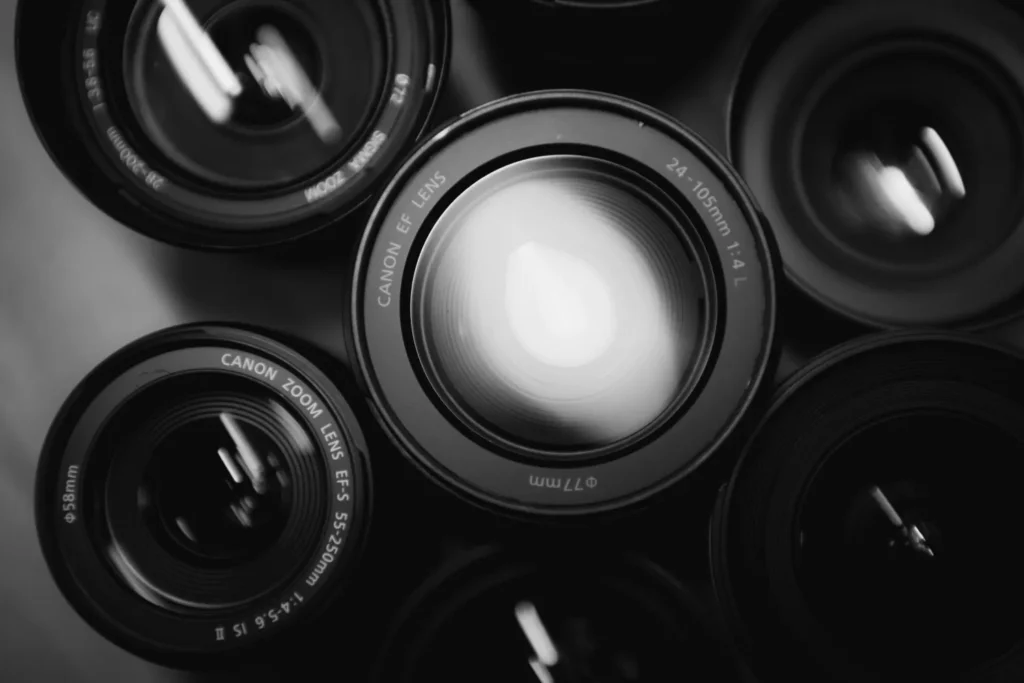Fast lenses are a cornerstone of photography, allowing a substantial amount of light capture that aids in enhancing the definition under varying shooting conditions. In this tutorial brought to you by Photo Genius, beginners can glean insightful knowledge about the nuts and bolts of a fast lens, notably its function, essential features, and practical application.
Highlight: Speed Is Not About Focus!
The misconception that a fast lens speeds up the focus process is debunked. Rather, fast lenses are furnished with a larger maximum aperture granting the entry of more light into the camera. This crucial feature permits the use of swift shutter speeds, instrumental in obtaining clear, crisp images while shooting under low-light conditions or capturing fast-moving objects.
Practical Demonstration: It’s Not Just Theory
To illustrate the profound impact of a fast lens, he uses a Nikon Z fc as an example comparing a standard kit lens (maximum aperture of f/3.5) against a fast lens (maximum aperture of f/2). The divergent light-capturing ability facilitates a swifter shutter speed, mitigating motion blur and enhancing visual quality in low lighting.
Fast Lenses: What Makes Them Stellar?
Fast lenses, typically sporting a maximum aperture of f/2.8 or larger, are usually prime lenses with a fixed focal length. Their benefits are multifaceted. They facilitate a shallow depth of field, rendering blurred backgrounds, a popular technique in portrait photography, helping the subject to pop. Additionally, fast lenses reduce digital noise by enabling lower ISO settings on the camera – a significant advantage in indoor, low-light, and night-time photography.
Further, their capacity to capture sharp images of moving subjects makes them an indispensable tool for wildlife and sports photographers looking to freeze-frame fast-paced action or minimize blur. While high-end fast lenses can carry hefty price tags, budget-friendly variants like the Canon 50mm f/1.8 STM – affectionately termed “the nifty fifty” – provide a more affordable fast lens solution without compromising on performance. Available versions cover both DSLR and mirrorless cameras. Refer to the video for a more detailed understanding.
